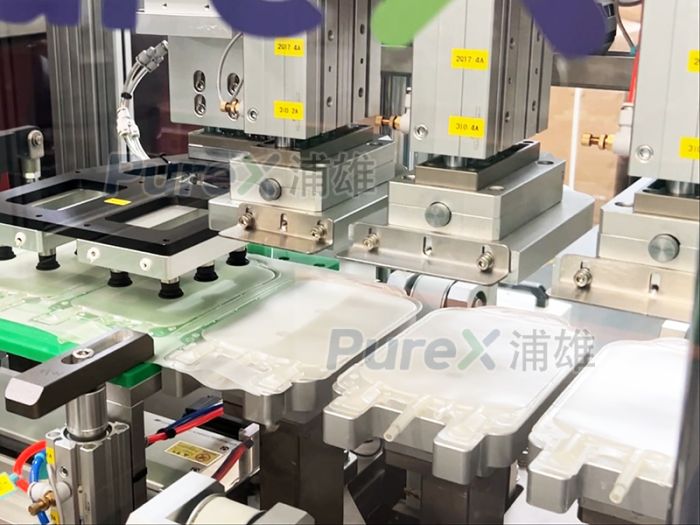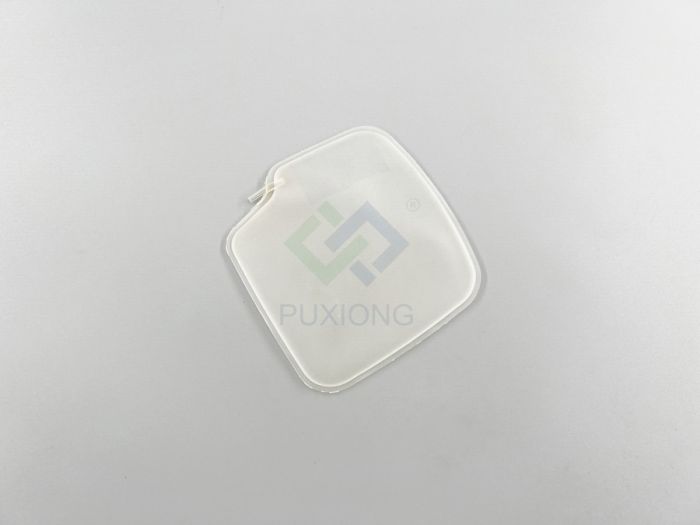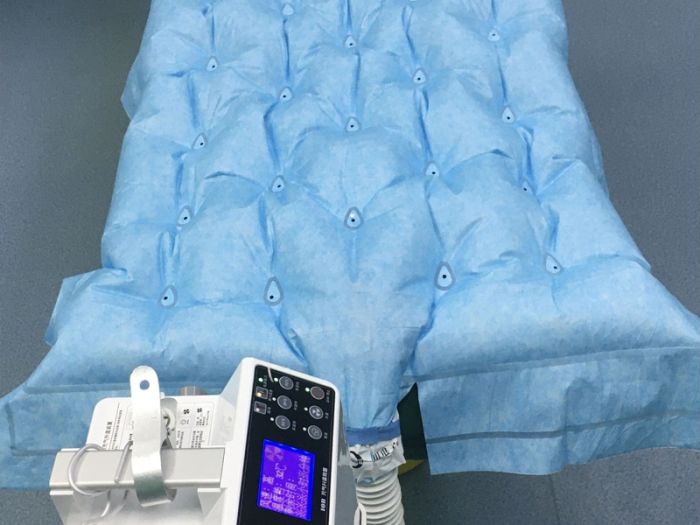Material and production of air mattress against bedsore
Production Materials
PVC Material: PVC (Polyvinyl Chloride) is one of the traditional materials for manufacturing anti-decubitus air mattresses. It demonstrates excellent toughness, ductility, and flame resistance, capable of withstanding significant pressure without rupture. The material also exhibits good heat resistance, maintaining stable performance within specific temperature ranges.
TPU Material: TPU (Thermoplastic Polyurethane) represents a novel polymer material offering superior elasticity, abrasion resistance, and aging resistance compared to PVC. Mattresses made with TPU material demonstrate enhanced pressure distribution capabilities under load, effectively reducing localized pressure points and providing better prevention against pressure ulcers.
Manufacturing Process
The production of anti-decubitus air mattresses involves the following key procedures:
-
Material Preparation: Select appropriate PVC or TPU materials according to design specifications, and prepare necessary accessories including air pumps and connecting conduits.
-
Air Cell Design: Design the configuration of air cells based on intended usage and patient requirements, determining shape, dimensions, layout patterns, and quantity. Common designs include alternating pressure longitudinal cells and spherical wave patterns.
-
Precision Cutting & High-Frequency Welding: Utilize specialized cutting equipment to shape materials according to specifications. Implement high-frequency thermal fusion technology to bond components into integrated air cell structures.
-
Pneumatic System Integration: Install air pumps and connection systems to ensure proper inflation functionality and pressure regulation capabilities.
-
Airtightness Verification: Conduct comprehensive leakage tests under standard temperature conditions. This involves pressurizing the mattress with compressed air to specified levels and monitoring pressure retention over predetermined durations.
-
Quality Assurance Protocol: Implement rigorous quality control measures including:
- Visual inspection for surface integrity
- Structural strength verification
- Pressure endurance testing
- Compliance verification with industry standards
- Packaging & Distribution: Package certified products with complete documentation including user manuals and warranty certificates. Final products are then distributed through authorized medical channels or healthcare institutions.
Critical Considerations: Successful production requires meticulous material selection combined with precision engineering to ensure optimal product performance. During clinical application, proper maintenance protocols should be followed by caregivers, including regular cleaning and pressure system checks, to maximize service life and maintain therapeutic efficacy in pressure ulcer prevention.



